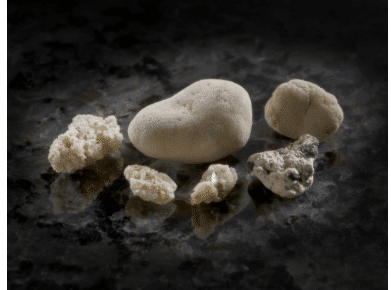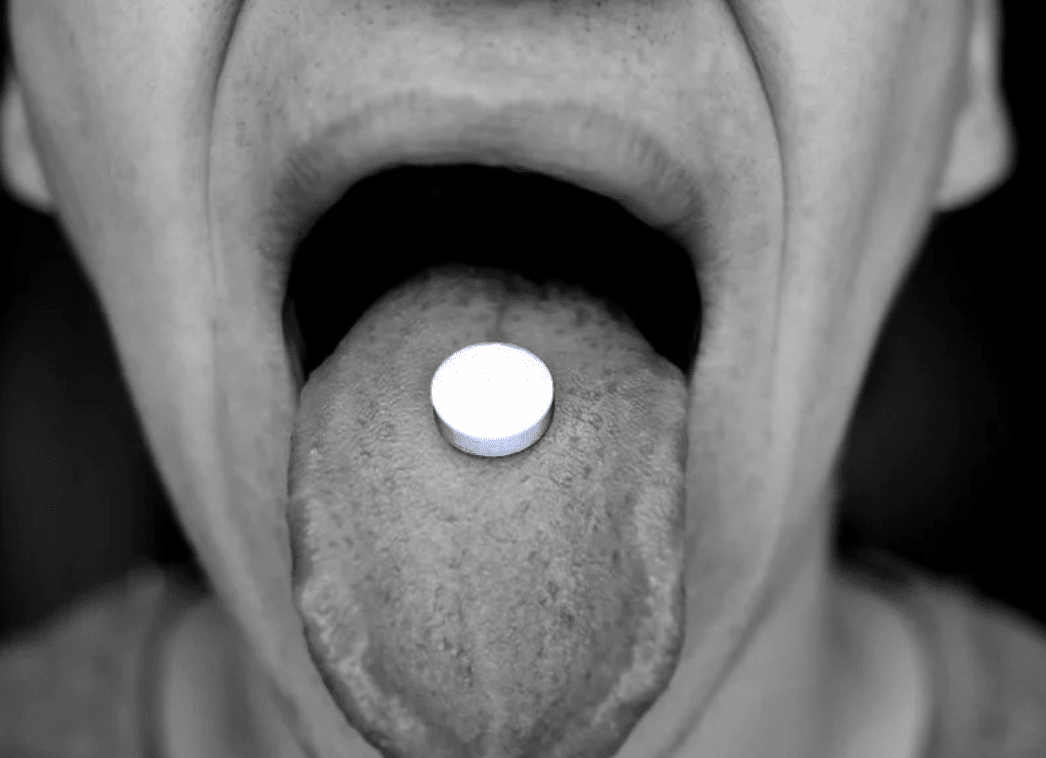One technique used — super-resolution nanometer-scale auto-fluorescence microscopy — allowed the researchers to view slices of kidney stones at a resolution of 140 nanometers. A nanometer is a billionth of a meter.
The analysis revealed that kidney stones are made of “alternating organic matter- and mineral-rich nano-layers” of crystals. Moreover, these layers are “strikingly similar” to other ancient sedimentary deposits, such as “marine stromatolites, ooids, and oyster shells and pearls,” among others.
Co-lead study author Bruce Fouke, a professor of geology and microbiology from the University of Illinois, explains what the findings mean, saying, “In geology, when you see layers, that means that something older is underneath something younger. One layer,” he states, “may be deposited over the course of very short to very long periods of time.”
So, “Instead of being worthless crystalline lumps, kidney stones are a minute-by-minute record of the health and functioning of a person’s kidney,” adds Prof. Fouke.
“[J]ust one rock represents a whole series of events over time that are critical to deciphering the history of kidney stone disease.”
Dissolving stones ‘right in a patient’s kidney’
Importantly, the study also revealed that some of these layers had degraded, uncovering “disrupt crystals.” The images showed that new crystals had started to develop, suggesting that kidney stones “undergo multiple events of dissolution as they crystallize and grow within the kidney.”
In other words, kidney stones cyclically dissolve and grow back, says co-lead study author Jessica Saw, an M.D. student at the Mayo Clinic School of Medicine in Rochester, MN, and a Ph.D. student at the University of Illinois.
“Before this study,” she claims, “it was thought that a kidney stone is just a simple crystal that gets bigger over time. What we’re seeing here is that it’s dynamic. The stone is growing and dissolving, growing and dissolving. It’s very rich with many components. It’s very much alive.”
This contradicts a belief that has been held for centuries: that kidney stones are homogenous and essentially insoluble in vivo.
“Contrary to what doctors learn in their medical training, we found that kidney stones undergo a dynamic process of growing and dissolving, growing and dissolving,” Prof. Fouke explains.
“This means that one day we may be able to intervene to fully dissolve the stones right in the patient’s kidney, something most doctors today would say is impossible.”
Prof. Bruce Fouke
“These observations,” conclude the researchers, “open a fundamentally new paradigm for clinical approaches that include in vivo stone dissolution.”
How many pounds have you lost this month? At Dieta Efectiva you can lose 10-12 lbs your first week and 2-5 lbs every week after. Visit us dietaefectiva.netto learn more about our program.
MNT::JG







